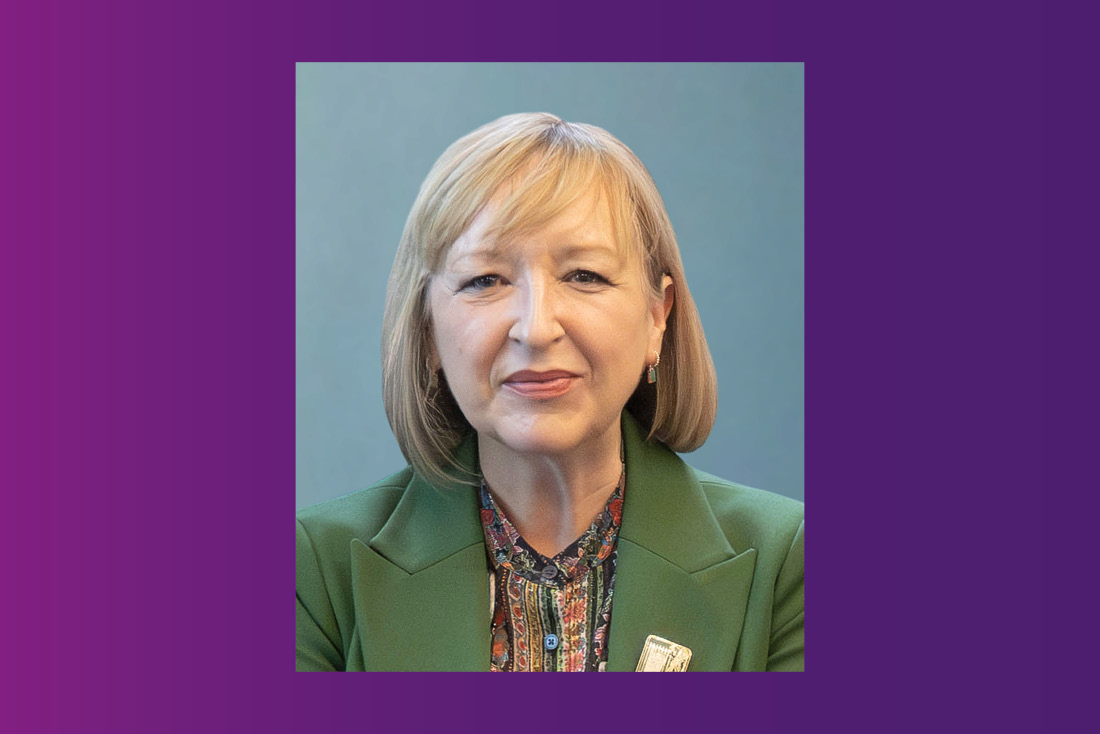
Once again, the EIS has a compelling evidence base that demonstrates beyond all doubt and dispute that the workload of teachers is unfairly and unsustainably excessive.
Our recently commissioned independent research shows that teachers are working on average 11 hours more than the 35 hours that they’re paid to work every week, and they’re doing so unpaid.
Over-working is baked into the culture in our schools.
The demands and expectations upon them are so high that they feel they have little choice in the matter.
And then they look around their schools and in their email inboxes, and see that everyone else is doing the same – working from dawn till dusk and at weekends – from Headteacher to Probationer. It’s difficult to go against the grain – easier to keep your head down and keep at it.
Over-working is baked into the culture in our schools. Somehow we’ve come to believe that working hard for 35 hours a week is not good enough and that teachers owe more. We need to change that.
Firstly, because in effect, Scottish teachers are massively subsidising the Education system with the unpaid work that they’re doing and risk burning themselves out in the process.
Quite simply – it’s a health and safety issue. The research report illustrates how excessive workload is negatively impacting teachers’ lives professionally and personally. It is harming their health and wellbeing – they are less well at work, and less able to enjoy life outside of work.
But it’s also causing harm to the teachers who can’t get permanent jobs, who can’t even get steady supply work. If we think about one teacher and the number of unpaid hours they are working every month, every term, every academic year, it amounts to thousands of hours.
Then if we think about the fact that 55,000 teachers are, on average, regularly working this number of unpaidhours…it’s staggering to begin to estimate how many permanent contracts that would equate to.
The EIS has been raising the issue of precarity of employment for teachers for at least four years now
How many more recently qualified teachers we would be able to employ and keep within the profession if we stopped relying on unpaid labour to the extent that we are as an education system, and started permanently employing the number of teachers that we actually need to fulfil the raft of demands and expectations that there are upon Scotland’s teachers.
The EIS has been raising the issue of precarity of employment for teachers for at least four years now – with three Cabinet Secretaries for Education and with the current and former First Ministers directly.
The political pressure we have applied has led to two significant manifesto commitments around workload alleviation and security of employment for more qualified teachers: before the last Holyrood election, the Scottish Government promised an extra 3,500 teachers, and a reduction in class contact time to 21 hours.
We are still waiting to see those promises kept by government. Time is running out before the next election. But Scottish Government is not being helped by local authorities either.
Scottish teachers are massively subsidising the Education system with the unpaid work that they’re doing and risk burning themselves out in the process.
For two years, consecutively, the Scottish Government has made £145m available to local authorities for the employment of additional teachers. Last year, only 12 of the 32 used the money for the intended purpose.
This year, the Scottish Government has made the terms of the funding even more explicit: government money will come only if teacher numbers are at the very least maintained. More explicit, but so far, it’s unclear as to how binding the terms of grant are.
Glasgow City Council has already made cuts to teacher numbers from this August – 172. That number will be 450 by 2027. Falkirk Council has published plans to cut pupil learning hours by 10% for Primary and 7% for Secondary, with associated cuts to teacher numbers.
The other 30 local authorities with strapped budgets of their own are watching closely from the sidelines to see what the Scottish Government will do. As is the EIS. I wrote to the First Minister on the issue just a few days ago (20th September) and await a reply.
The answer that we get to that letter, the next couple of meetings of the Scottish Negotiating Committee for Teachers (SNCT) and the meeting set up with the Cabinet Secretary for Education to discuss the workload research, taken together, will be a test of the extent to which the Scottish Government is committed to quality education in our schools; to delivering on its manifesto promises to the electorate; and to upholding the promises of Fair Work for the teachers recruited and trained to provide quality education; security, opportunity, respect, fulfilment and effective voice.
In the meantime, EIS members are encouraged to get together as a Branch, talk about the research findings and the EIS advice on workload, and identify ways to push back on excessive workload.
Being well at work matters. Having time to spend with family, friends and on leisure matters. The teachers who have qualified from ITE institutions and can’t get permanent work matter. The children and young people we want to nurture and support to the best of our ability as a profession, matter.
Our Stand Up for Quality Education campaign, therefore, really matters. We must press on together.
– EIS General Secretary, Andrea Bradley
